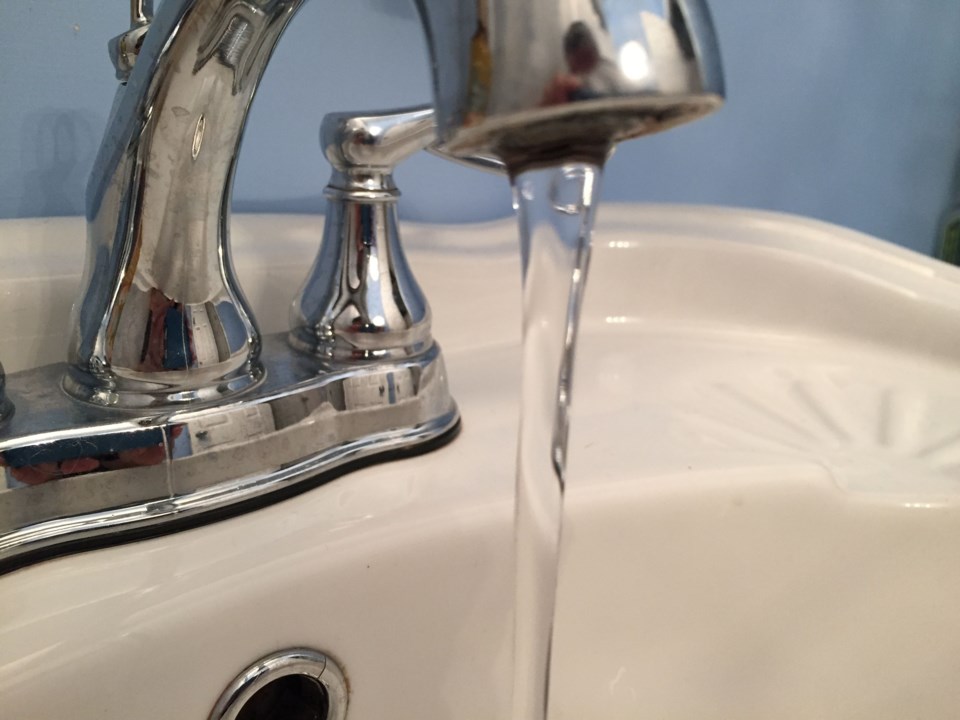In the wake of news from south of the border that could eventually affect drinking water standards and their regulation in Canada, the City of North Bay is sharing its preliminary findings on the potential local impact.
On June 15, the U.S.-based Environmental Protection Agency (EPA) released new advisories regarding some per- and polyfluororalkyl substances (PFAS), which significantly reduces the safe level of these microscopic chemicals in drinking water from the previous standard.
As PFAS are emerging contaminants that are being studied extensively, new information is often published by the EPA and other authorities on their impacts on health and the environment. PFAS are man-made substances found in many consumer and industrial products, including firefighting foam. Past use of North Bay's airport lands for firefighter training between the early 1970s and mid-1990s, while under the ownership of Transport Canada, has been identified as the main source of PFAS on the airport property.
While the City of North Bay "is uncertain at this time how this new information will impact PFAS regulations in Ontario and throughout Canada," PFAS remedial efforts at the Jack Garland Airport continue and the City has retained Jacobs, an industry leader in environmental consulting with expertise in water treatment and PFAS remediation.
In 2017, testing on Lees Creek showed the waterway is polluted with PFAS from the military base located just upstream. The creek empties into Trout Lake just a few hundred yards from the city's drinking water plant. A long-standing drinking water advisory for Lees Creek remains in place as well as a fish consumption advisory for fish from the creek issued by the MECP.
In July 2021, the City of North Bay reached an agreement with the Department of National Defense (DND) that binds the federal government to fund the majority of costs related to remediation of PFAS at Jack Garland Airport.
See related: Council passes $20M agreement with DND to clean up leaked chemicals from airport
For more than a decade, the water and environmental technologists from Jacobs have been supporting municipal, federal and international clients with PFAS assessment and treatment around the globe.
"With the assistance of Jacobs," the City is "collaborating with the Ontario Ministry of the Environment, Conservation and Parks and DND and its consultants to ensure a responsible solution is implemented that puts the health and safety of our residents as the highest priority."
Jacobs has already initiated work on the site-specific risk assessment and will mobilize in July and August at the Jack Garland airport site to conduct sampling and testing of soil, groundwater and surface water.
Although the EPA advisories have changed the acceptable threshold in the U.S., the contaminants detected in the municipal water supply remain at a significantly lower level than the current drinking water screening values set out by Health Canada and the interim guidance level provided by the MECP.
According to the Minister’s annual report on drinking water (2021), "Per– and Polyfluoroalkyl Substances (PFAS) are a group of more than 4,000 synthetic chemicals that have been used in industrial and consumer products since the 1940s. They have never been manufactured in Ontario but are found in the environment because they were used in products available here (e.g., coatings on non-stick cookware, stain and water-repellant treatments for fabric, fire-fighting foams) and they have since migrated into the natural environment where they take a long time to break down. PFAS accumulate in humans and wildlife and may result in a number of significant health effects.
"The current national guidelines were developed for a small number of specific PFAS. The ministry has developed interim drinking water advice that is more stringent than the national guidelines and recommends that PFAS in drinking water should be addressed if the combined level of 11 select PFAS is above 70 ng/L. This advice is used by ministry staff to evaluate drinking water which has been contaminated by PFAS, usually due to nearby use of fire-fighting foams."
The Ministry of the Environment, Conservation and Parks has been testing PFAS in drinking water quarterly since 2017. The average of the quarterly results for North Bay for the past five years is 58.1 nanograms per litre with no results exceeding the interim advice value of 70 ng/L during that time.
Health Canada states, "Currently there is limited information available about the risks on human health linked to PFAS. Studies conducted on animals show that high levels of PFAS can cause adverse effects such as liver damage and an impact on neurological development. Immune system impairment, infertility and cancer risks increase are additional risks to human health caused by PFAS exposure. These substances could also cause fetal and child development disorders."
The City of North Bay advises questions regarding the health impacts of PFAS should be directed to the North Bay Parry Sound District Health Unit, while questions related to PFAS legislation in Ontario, should be directed to the Ministry of Environment, Conservation and Parks.



